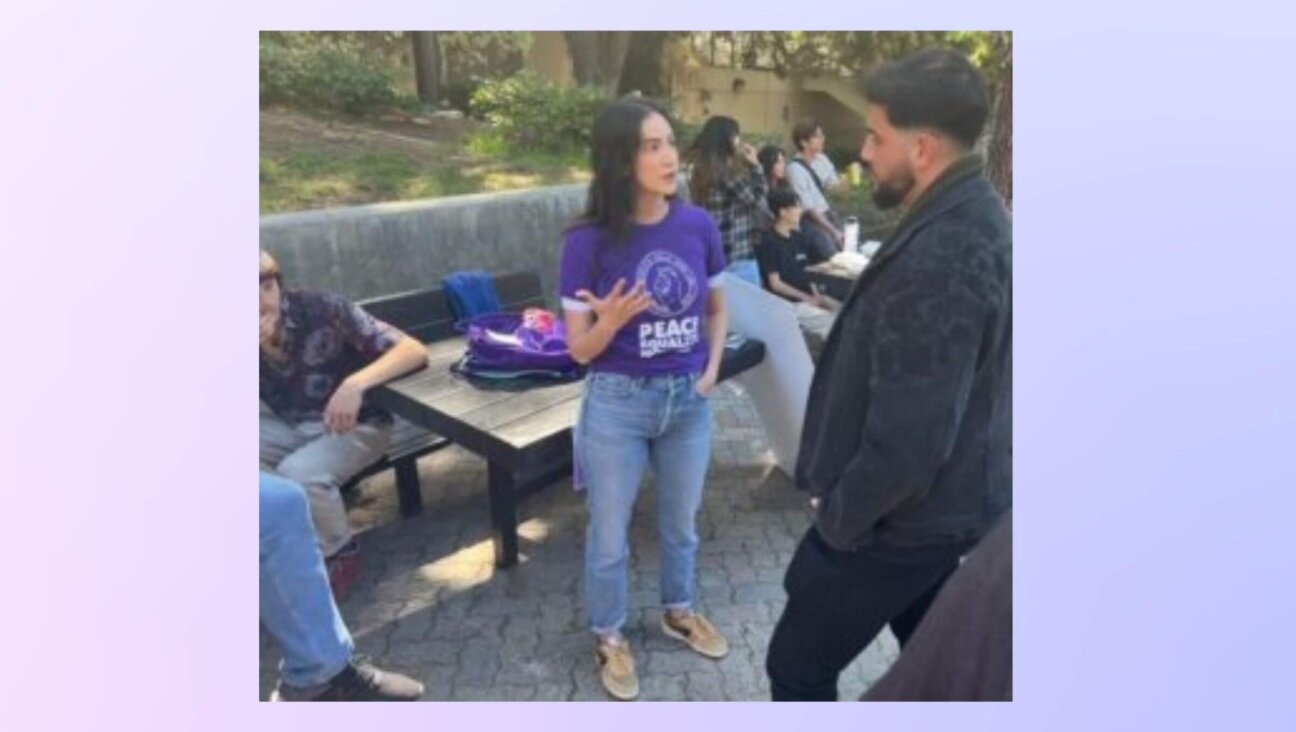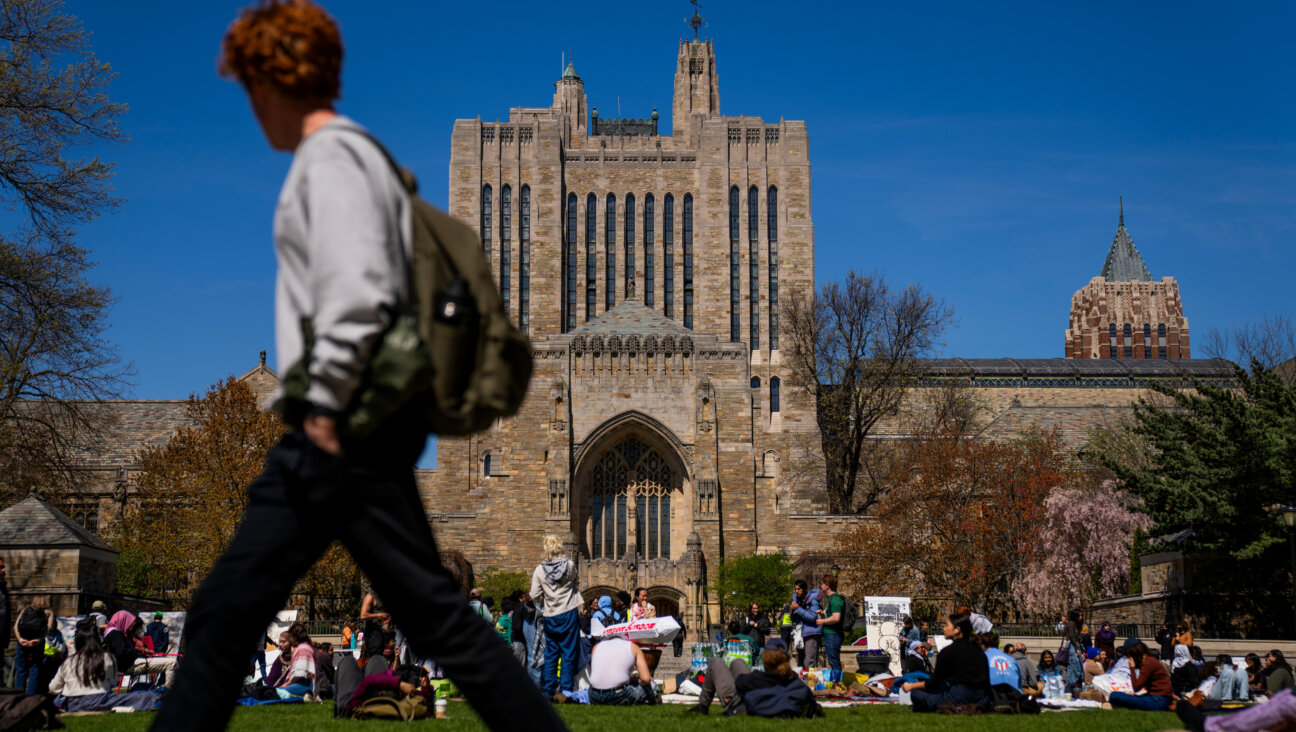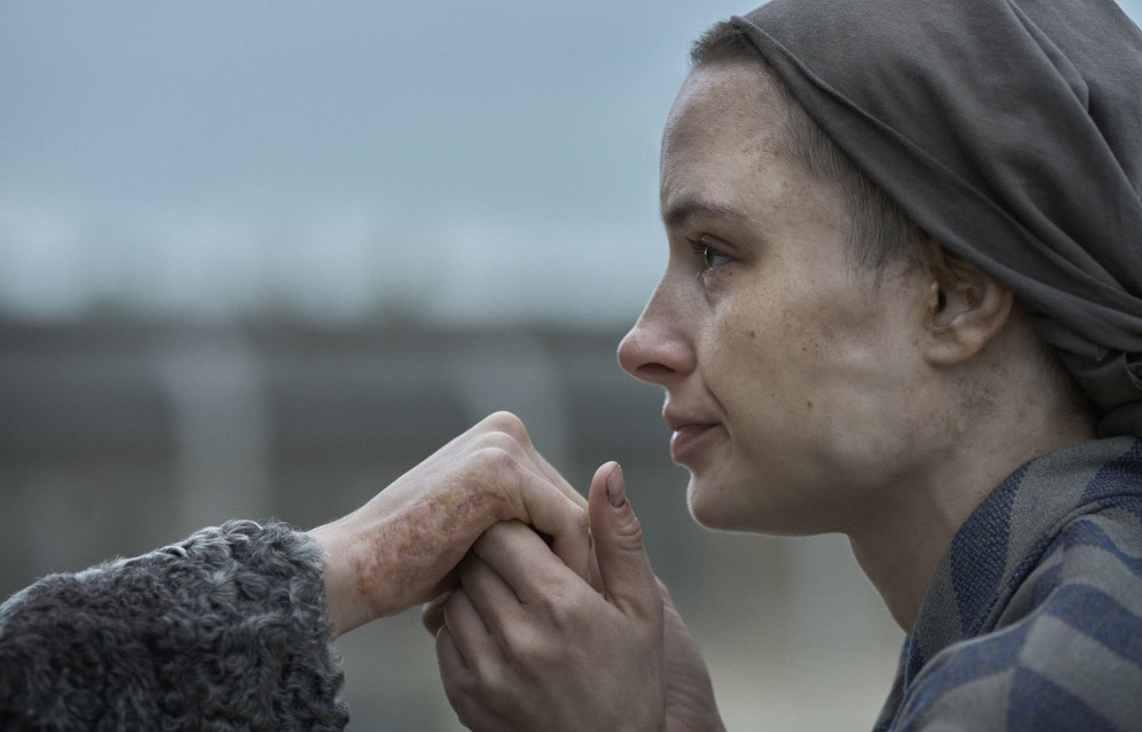Crown Heights Was Ticking Time Bomb

Image by Getty Images
The first time I visited Crown Heights was in the autumn of 1977. Although I was born in the Bronx and grew up just outside New York City, Brooklyn was another world altogether, a place where my grandparents were buried. Still, I hadn’t anticipated how otherworldly the neighborhood would feel until I climbed out of the subway station near Eastern Parkway and observed a memorable scene.
The night before, that of Simchat Torah, Rabbi Menachem Mendel Schneerson, the seventh and final Lubavitcher rebbe, was stricken with a heart attack, and his followers had crowded the streets near his home and headquarters, their prayers filling the air, their anxiety fueling their prayers.
Suddenly, a stout man with a long beard approached two policemen and jumped on one of them. A scuffle ensued. Within a few moments the sidewalk was filled with Lubavitcher Hasidim, who yelled to the policemen to leave the man alone. When, instead, the man was handcuffed and put into a police car, the crowd chanted: “Let him walk! Let him walk!” It was against Jewish law to ride in a vehicle on the holiday.
There was more pushing and shoving, as a police van with a loudspeaker harshly ordered the Hasidim back in Yiddish. I remember fearing that a riot would ensue. And then, for whatever reason, the anger diminished, and within half an hour the men with black hats and long beards returned to prayer as if nothing happened.
Welcome to Crown Heights, I said to myself. It was an auspicious beginning to an academic year of research. As a student at the Columbia University’s Graduate School of Journalism, I was fascinated by the interactions of different communities in urban settings, so I decided to write my master’s thesis on the relations of blacks and Jews in Crown Heights. Was I brilliantly prescient in predicting the death and violence 14 years later? Nah.
But as I reread my 37-page thesis, retrieved from Columbia’s vaults, I realized that the roots of the violence that erupted on August 19, 1991, were evident enough more than a decade earlier for even a young, untrained graduate student to observe and record. Crown Heights in the late 1970s told two stories. One was about how a small, highly visible and clannish group of Hasidic Jews could resist assimilation, stay loyal to their challenging urban neighborhood and at the same wield tremendous political power stretching from the local police precinct to City Hall. The second story, I discovered, was about how Jews won that power in part by exploiting a vacuum in African-American political leadership and lack of unity among blacks — a situation that ended up sowing feelings of resentment and frustration.
When I was spending a lot of time in Crown Heights, I learned that blacks there were still smarting after losing a fierce political battle over redistricting in 1976, which they believed allowed the Lubavitchers to gain special law enforcement protection and other perks.
“The issue, basically, was power,” said the Rev. Hebert D. Daughtry, then pastor of the House of the Lord Pentecostal Church. Daughtry remains a rambunctious civil rights activist. He told me that the Hasidim “had actualized all the verbiage of the black power people. They knew they’d be able to bring their numbers into play to control goods and services, so they went after it and got it. They were able to achieve a political end and keep everything else intact.”
But I also learned that the Lubavitchers had employed their highly developed political skills not necessarily to score points, but to ensure the safety and survival of their community.
Remember, Brooklyn at that time was not home to renovated brownstones, organic farmers markets and gourmet coffee shops. The local police precinct covering Crown Heights ranked fifth in the city in the number of reported felonies, and in the top 10 for other crimes. The Hasidim, with their distinctive dress, felt especially vulnerable to crime, and all it took in those years were a few high-profile murders — an elderly yeshiva principal choked to death with his yarmulke, a teenager stabbed to death in a quarrel over a cigarette — to reinforce a siege mentality.
In the late 1970s, political relations between blacks and Jews in Crown Heights were largely defined as a zero-sum game: What one group attained, the other lost. That applied to ordinary issues — for instance, blocking the service road along Eastern Parkway on Saturdays and Jewish holidays hurt the black doctors along that road, with patients who could visit only on weekends. And it applied to broader themes, such as police protection and government funding.
African Americans had not yet attained the political confidence and clout they have now. And the Lubavitchers were so intent on resisting assimilation that they cordoned themselves off from genuine interactions with their neighbors.
And where would it lead? I ended my thesis speculating about whether these two distinct populations could remain in a struggling, dense urban neighborhood. One Hasidic leader told me: “What you’re talking about — complete harmony — I really don’t think that will happen. The misunderstandings are too deeply ingrained. But I also don’t think there’ll be any major overhauls. We’ll just roll along harmoniously.”
But one of the top cops in the 71st Precinct had a more ominous prediction: “There’s going to be a heavy conflict, I mean heavy. I don’t know when it’s going to blow, but I hope I’m not here when it does.”
Jane Eisner is the editor of the Forward

I hope you appreciated this article. Before you go, I’d like to ask you to please support the Forward’s award-winning, nonprofit journalism during this critical time.
Now more than ever, American Jews need independent news they can trust, with reporting driven by truth, not ideology. We serve you, not any ideological agenda.
At a time when other newsrooms are closing or cutting back, the Forward has removed its paywall and invested additional resources to report on the ground from Israel and around the U.S. on the impact of the war, rising antisemitism and the protests on college campuses.
Readers like you make it all possible. Support our work by becoming a Forward Member and connect with our journalism and your community.
Make a gift of any size and become a Forward member today. You’ll support our mission to tell the American Jewish story fully and fairly.
— Rachel Fishman Feddersen, Publisher and CEO
Join our mission to tell the Jewish story fully and fairly.





















